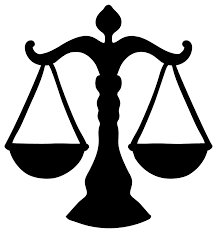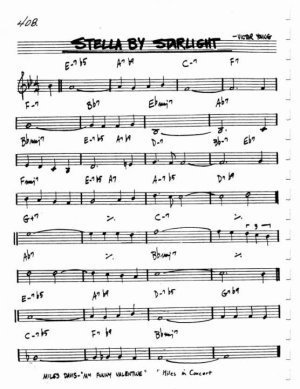TwilightOdyssey
Darkness on the edge of Tone
Re: Anyone want to discuss NEGATIVE HARMONY/musical palindromes/compositional polarit
I agree with everything you stated, none of this is really new. But if you look at chordal brightness and darkness as reflected in the circle of fifths and fourths, it’s an interesting notion that if you have an ascending brightness towards the gravity of the dominant in the circle of fifths, you would have an equal descending darkness in the circle of fourths.
So, a typical I IV V progression in G Major, G-C-D would be Gm-Cm-Dm. They have the identical tension but in opposite directions. Of course, they are also stacked differently. Moving from GMaj to Gm first inversion very much has a subdominant/diminished feel! You could use voice leading to get you from Dm back to GMaj.
Cool stuff!
I thought Levy referred to it as “polarity”. And yes, the subdominant or augmented fourth is a major component!Yes, negative harmony was not the term I learned. I'm not sure I learned a particular name for it, as I was taught about it as an aspect of symmetrical tonal organisation in general. Musical palindromes were certainly spoken of, but there are many other ways to form musical palindromes than negative harmony, so I think we used the term in a broader way. As far as the term goes, it seems to be slightly older than Collier, though: the term was used in Ernst Levy's Theory of Harmony, which was pushumously published in 1985; that is, nine years before Collier was born.
The roots of the concept go way back, though. The first possible predecessor I am aware of is the French composer Jean-Philippe Rameau (1683–1764), who coined the term "subdominant": If one visualizes the dominant as being five steps above the tonic, the subdominant is likewise five steps below. In classical music, applications of the principle can be found in practice from ca 1900, so as an idea, it isn't exactly novel, but it is right that it hasn't really been used much, if at all, in popular music. The use of chromatically inverted melodies, which really seems to be at the root of what you are suggesting, is a significant part of Schoenberg's serialism, and finding examples at least in the inter-war period should be easy. I will go out on a limb and guess that there must be examples even in Debussy.
I look forward to hearing your experiment, though, because I don't think I am aware of the concept being used in a popular idiom.
I agree with everything you stated, none of this is really new. But if you look at chordal brightness and darkness as reflected in the circle of fifths and fourths, it’s an interesting notion that if you have an ascending brightness towards the gravity of the dominant in the circle of fifths, you would have an equal descending darkness in the circle of fourths.
So, a typical I IV V progression in G Major, G-C-D would be Gm-Cm-Dm. They have the identical tension but in opposite directions. Of course, they are also stacked differently. Moving from GMaj to Gm first inversion very much has a subdominant/diminished feel! You could use voice leading to get you from Dm back to GMaj.
Cool stuff!
Last edited:


